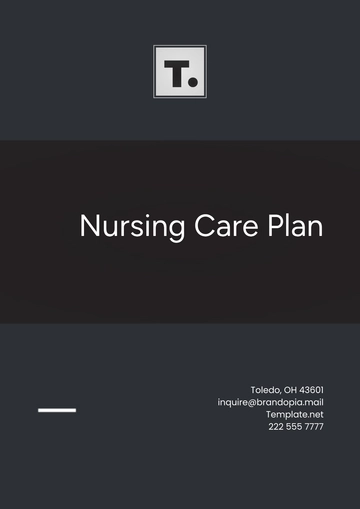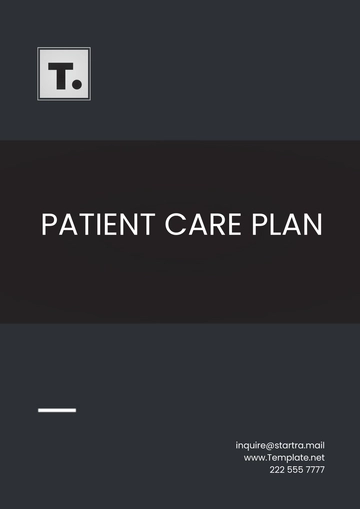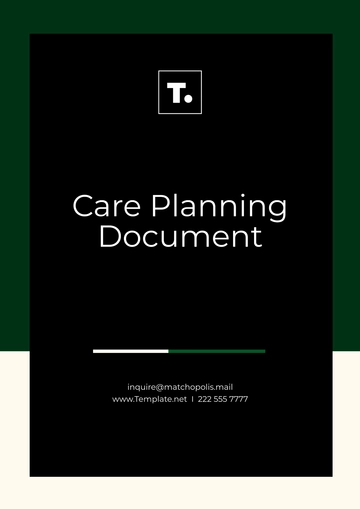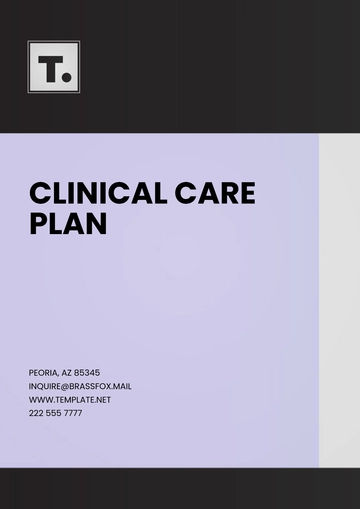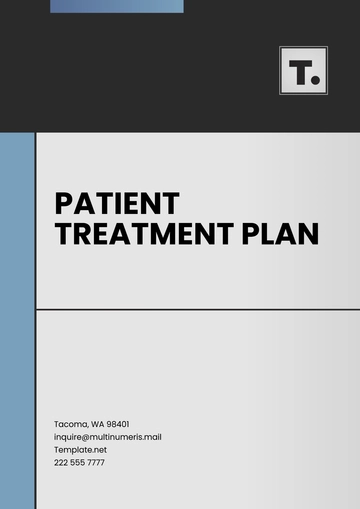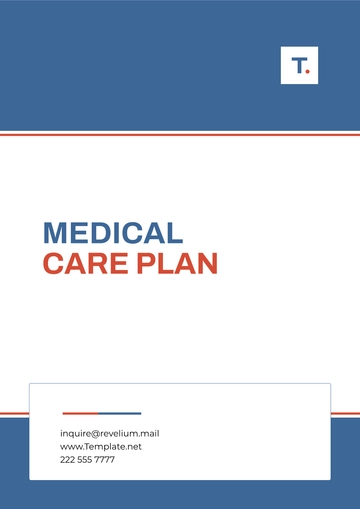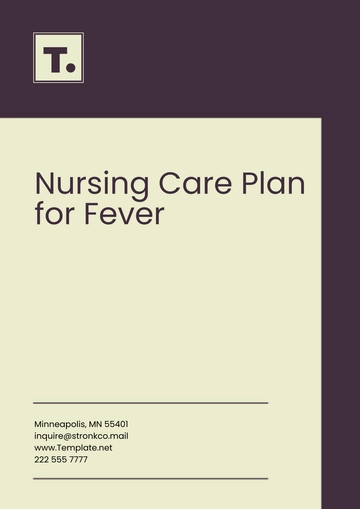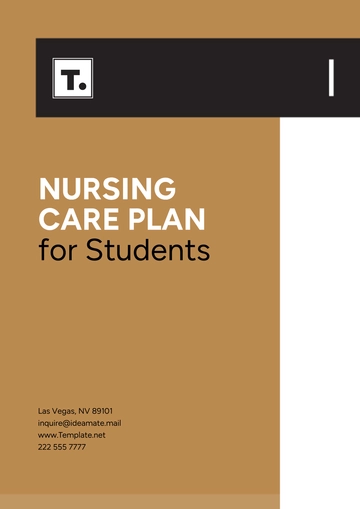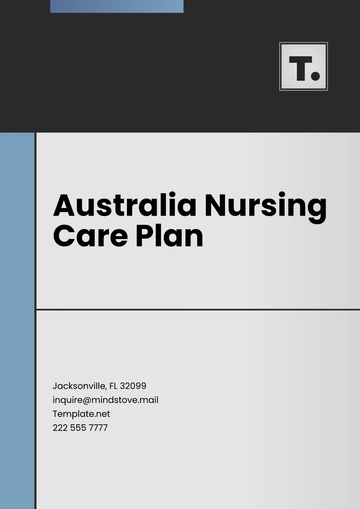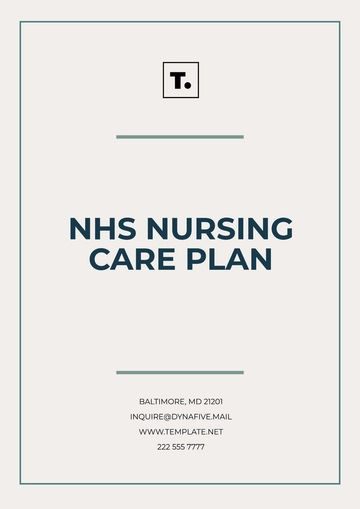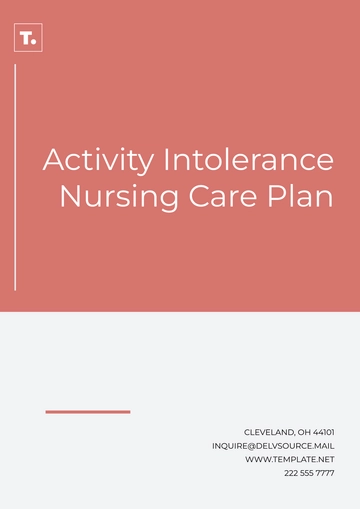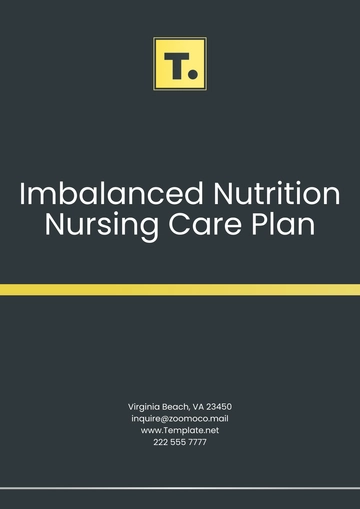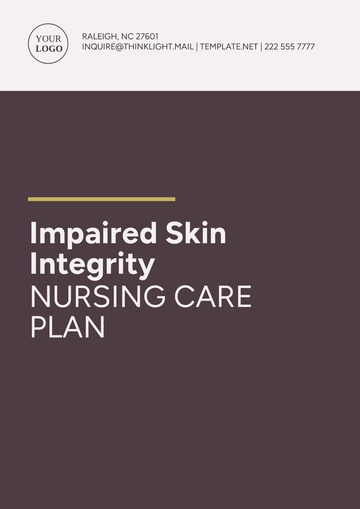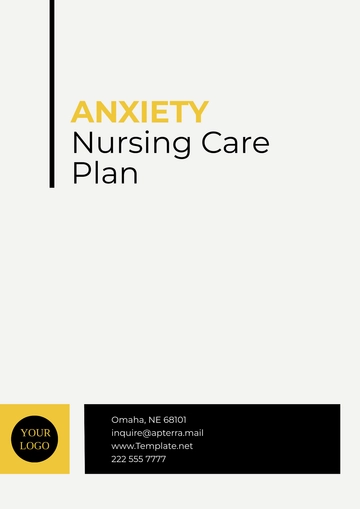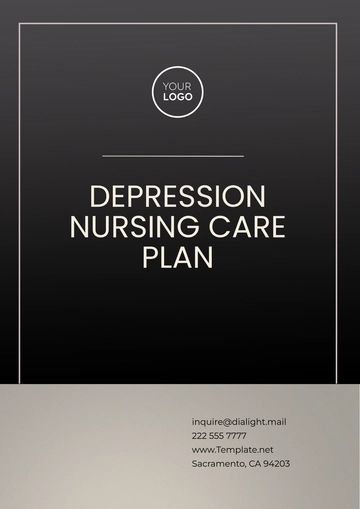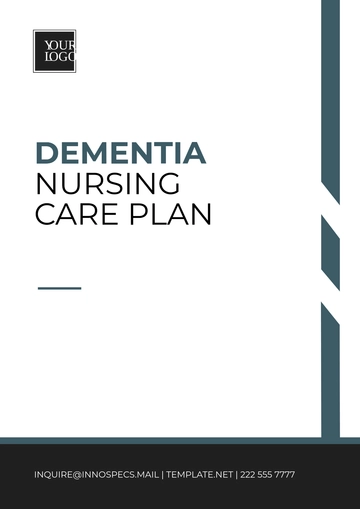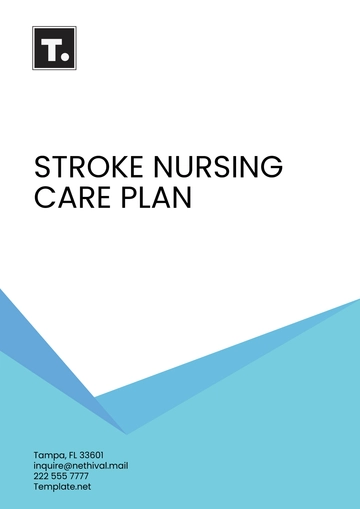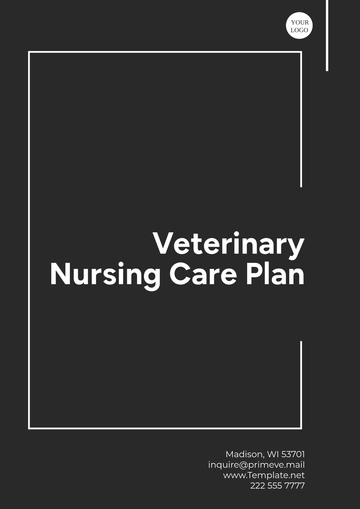Free Nursing Care Plan for Fever
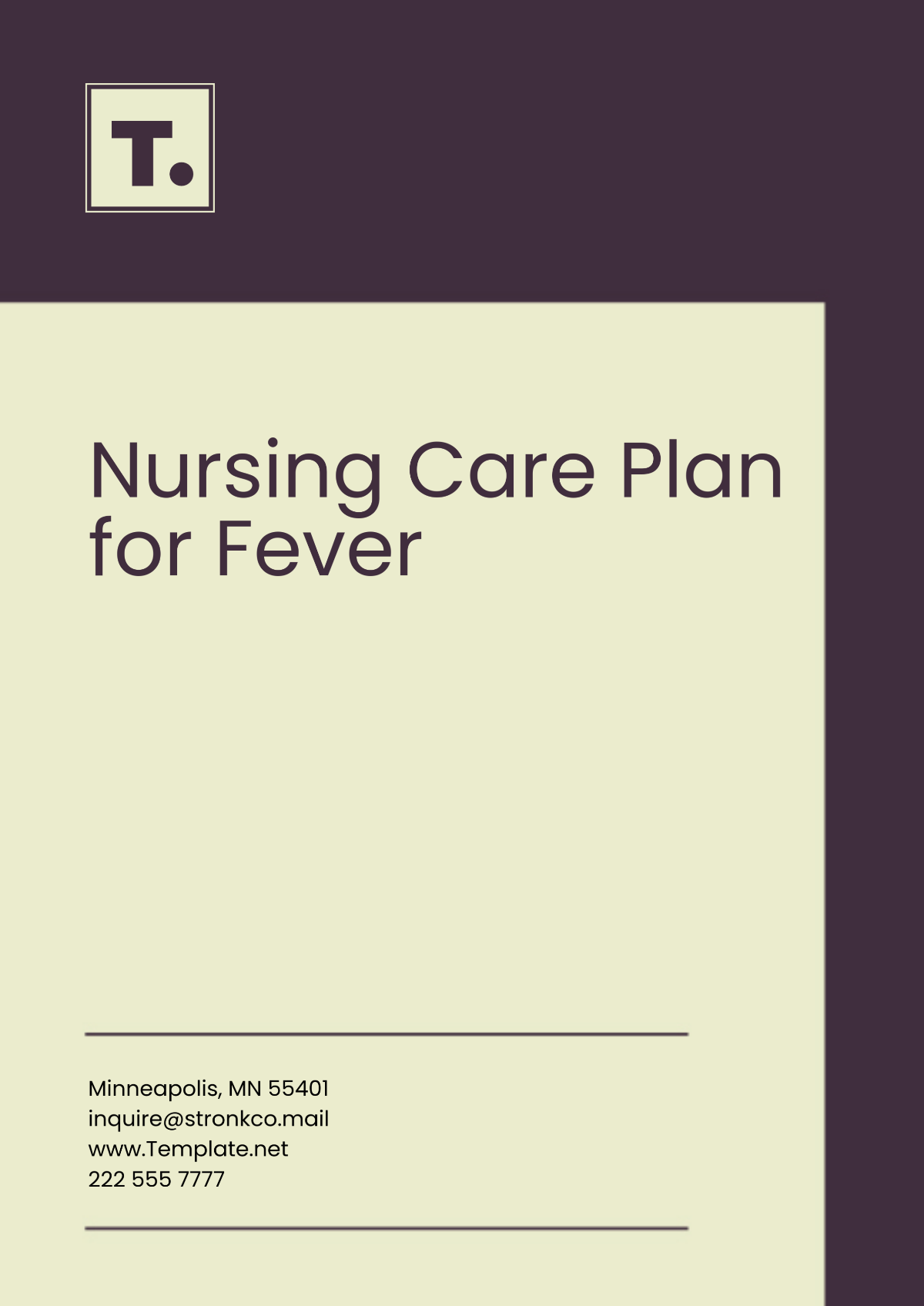
Prepared by: [YOUR NAME] [YOUR EMAIL]
This Nursing Care Plan is designed to address the management of fever, based on common use cases, and includes interventions to reduce the patient's fever and promote recovery.
Date | Assessment | Nursing Diagnosis | Interventions | Evaluation/ Outcomes |
|---|---|---|---|---|
January 15, 2050 | Patient presents with a temperature of 102°F, chills, and discomfort. | Fever related to infection (bacterial/viral). | - Administer antipyretic (acetaminophen 650mg PO). | Patient’s temperature reduced to 99°F after 4 hours. Increased comfort and hydration. |
January 16, 2050 | Temperature remains elevated at 101.5°F, no improvement in symptoms. | Fever associated with post-surgical recovery. | - Apply cool compress to forehead every 30 minutes. | Temperature stabilized at 100°F, patient reports reduced discomfort. |
January 17, 2050 | Fever persists despite interventions, patient reports increasing fatigue. | Fever of Unknown Origin (FUO). | - Continue antipyretic therapy. | Temperature slightly reduced to 100.5°F; awaiting test results. |
January 18, 2050 | After a full workup, bacterial infection identified. | Fever due to bacterial infection. | - Administer prescribed antibiotics (amoxicillin 500mg). | Fever decreased to 99°F, patient feels less fatigued. |
Nursing Care Plan for Fever (Post-Trauma)
Date | Assessment | Nursing Diagnosis | Interventions | Evaluation/ Outcomes |
|---|---|---|---|---|
February 10, 2050 | Patient has a fever of 101°F, recent history of trauma (fractured leg). | Fever related to traumatic injury and inflammatory response. | - Administer antipyretics (ibuprofen 400mg). | Temperature reduced to 100.2°F, no increase in pain or swelling. |
February 11, 2050 | Temperature remains at 100°F with slight increase in swelling around injury site. | Fever due to inflammation. | - Apply cold compress to injury site for 20 minutes every 4 hours. | Patient's temperature stable at 99.8°F, no increase in swelling. |
Nursing Care Plan for Fever (Heat-related Illness)
Date | Assessment | Nursing Diagnosis | Interventions | Evaluation/ Outcomes |
|---|---|---|---|---|
July 15, 2050 | Patient presents with fever (103°F), dry skin, and confusion after prolonged exposure to heat. | Fever due to heat exhaustion. | - Move patient to a cool environment. | Patient’s temperature decreased to 101°F, alertness improved. |
July 16, 2050 | Temperature remains at 101.2°F with mild dehydration signs. | Heat-related fever and dehydration. | - Administer IV fluids (0.9% saline). | Temperature lowered to 99.5°F, hydration status improved. |
- 100% Customizable, free editor
- Access 1 Million+ Templates, photo’s & graphics
- Download or share as a template
- Click and replace photos, graphics, text, backgrounds
- Resize, crop, AI write & more
- Access advanced editor
Organize and document patient care effectively with the Nursing Care Plan for Fever Template from Template.net. Fully customizable and editable using the intuitive AI Editor Tool, this professional template ensures precise planning and documentation. Save time and maintain accuracy with a resource tailored to meet your needs, ideal for medical professionals prioritizing efficiency and quality care.
You may also like
- Finance Plan
- Construction Plan
- Sales Plan
- Development Plan
- Career Plan
- Budget Plan
- HR Plan
- Education Plan
- Transition Plan
- Work Plan
- Training Plan
- Communication Plan
- Operation Plan
- Health And Safety Plan
- Strategy Plan
- Professional Development Plan
- Advertising Plan
- Risk Management Plan
- Restaurant Plan
- School Plan
- Nursing Home Patient Care Plan
- Nursing Care Plan
- Plan Event
- Startup Plan
- Social Media Plan
- Staffing Plan
- Annual Plan
- Content Plan
- Payment Plan
- Implementation Plan
- Hotel Plan
- Workout Plan
- Accounting Plan
- Campaign Plan
- Essay Plan
- 30 60 90 Day Plan
- Research Plan
- Recruitment Plan
- 90 Day Plan
- Quarterly Plan
- Emergency Plan
- 5 Year Plan
- Gym Plan
- Personal Plan
- IT and Software Plan
- Treatment Plan
- Real Estate Plan
- Law Firm Plan
- Healthcare Plan
- Improvement Plan
- Media Plan
- 5 Year Business Plan
- Learning Plan
- Marketing Campaign Plan
- Travel Agency Plan
- Cleaning Services Plan
- Interior Design Plan
- Performance Plan
- PR Plan
- Birth Plan
- Life Plan
- SEO Plan
- Disaster Recovery Plan
- Continuity Plan
- Launch Plan
- Legal Plan
- Behavior Plan
- Performance Improvement Plan
- Salon Plan
- Security Plan
- Security Management Plan
- Employee Development Plan
- Quality Plan
- Service Improvement Plan
- Growth Plan
- Incident Response Plan
- Basketball Plan
- Emergency Action Plan
- Product Launch Plan
- Spa Plan
- Employee Training Plan
- Data Analysis Plan
- Employee Action Plan
- Territory Plan
- Audit Plan
- Classroom Plan
- Activity Plan
- Parenting Plan
- Care Plan
- Project Execution Plan
- Exercise Plan
- Internship Plan
- Software Development Plan
- Continuous Improvement Plan
- Leave Plan
- 90 Day Sales Plan
- Advertising Agency Plan
- Employee Transition Plan
- Smart Action Plan
- Workplace Safety Plan
- Behavior Change Plan
- Contingency Plan
- Continuity of Operations Plan
- Health Plan
- Quality Control Plan
- Self Plan
- Sports Development Plan
- Change Management Plan
- Ecommerce Plan
- Personal Financial Plan
- Process Improvement Plan
- 30-60-90 Day Sales Plan
- Crisis Management Plan
- Engagement Plan
- Execution Plan
- Pandemic Plan
- Quality Assurance Plan
- Service Continuity Plan
- Agile Project Plan
- Fundraising Plan
- Job Transition Plan
- Asset Maintenance Plan
- Maintenance Plan
- Software Test Plan
- Staff Training and Development Plan
- 3 Year Plan
- Brand Activation Plan
- Release Plan
- Resource Plan
- Risk Mitigation Plan
- Teacher Plan
- 30 60 90 Day Plan for New Manager
- Food Safety Plan
- Food Truck Plan
- Hiring Plan
- Quality Management Plan
- Wellness Plan
- Behavior Intervention Plan
- Bonus Plan
- Investment Plan
- Maternity Leave Plan
- Pandemic Response Plan
- Succession Planning
- Coaching Plan
- Configuration Management Plan
- Remote Work Plan
- Self Care Plan
- Teaching Plan
- 100-Day Plan
- HACCP Plan
- Student Plan
- Sustainability Plan
- 30 60 90 Day Plan for Interview
- Access Plan
- Site Specific Safety Plan
